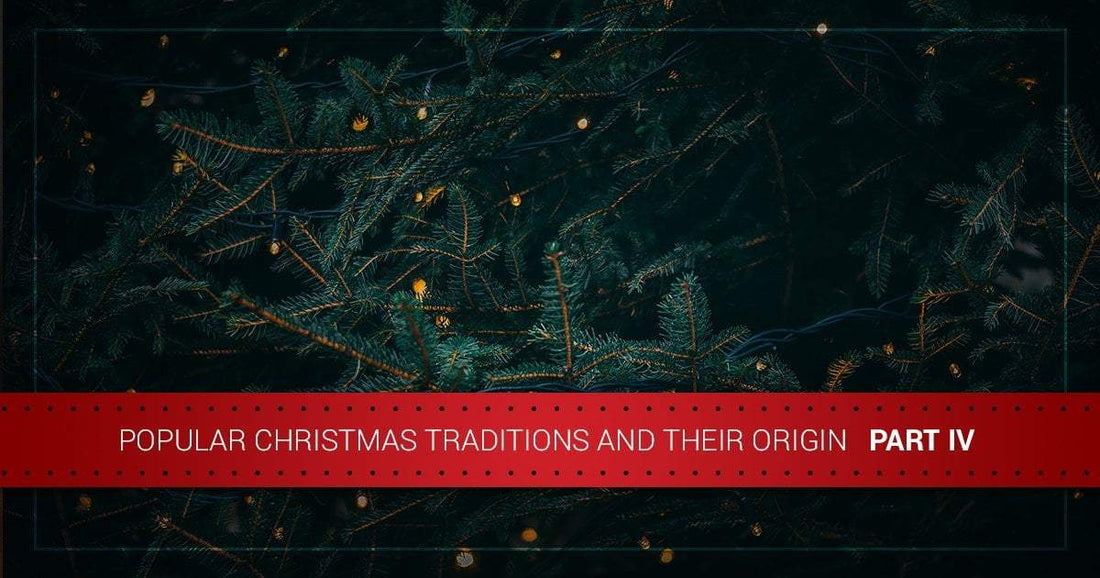
Popular Christmas Traditions and Their Origins — Part IV
Share
Christmas is an amazing time of year filled with annual traditions that bring friends and family together. We’ve explored quite a few customs and traditions in parts one, two, and three of this ongoing series, so be sure to catch up on those posts if you missed them. In today’s post, we’ll take an in-depth look at three more popular Christmas traditions that have fascinating histories.
When you’re finished reading, be sure to browse our catalog to find the perfect LED Christmas lights and Christmas decorating supplies you need to create a magical, fun-filled Christmas in your own front yard!
Christmas Lights and Decorations
As you can probably infer from our name, we’re quite partial to the tradition of decorating our homes with LED Christmas lights, Christmas projectors, and other Christmas lights and decorations. While the first outdoor Christmas lights weren’t created until 1880 by Thomas Edison, the use of decorative lighting to celebrate this special time of year can be traced back to Victorian England.
In 1832, the young Princess Victoria remarked at the beauty of the candles hanging from her Christmas tree in a now-famous diary entry. By 1890, Christmas lights were being produced and sold to the public in large quantities thanks to the work of Edison and other technology pioneers. Though beautiful, Christmas lights at this point in time were nothing like the LED Christmas lights of today, and many homeowners kept buckets of water near their trees in the event of a fire!
Candy Canes 
The Christmas season is known for its abundance of delicious treats, and candy canes are an iconic symbol of the season. Candy canes originated roughly 250 years ago in a German candy shop, though they were only white sugar sticks at the time. About 150 years later, the sticks were flavored with peppermint and became associated with Christmas traditions. In 1920, a man named Bob McCormack cemented the candy cane as an American Christmas tradition when he founded his business, Bob’s Candies. His brother-in-law created a machine that saved a great deal of time by automatically curving the straight candy sticks into the iconic cane shape we know and love today.
Mince Pies
Mince pies originated in the United Kingdom, and while they’re now filled with a mixture of fruit and delicious spices known as mincemeat, they used to be filled with meat! Lamb and other locally available meats would be ground up and placed into a small pie crust, often in the shape of an oval. The oval represented the manger in which Christ was born, and the top of the pie represented his clothes. High-end meats were available only to the wealthiest members of English society, so mince pies were something of a status symbol for the majority of their history. While you may not eat minced lamb pies with your family every year, you probably have at least a slice or two of fruit pie every year around this time. You can thank the history of the mince pie for inspiring this tasty tradition!
Whether you’re hoping to start a new tradition this year or you’re looking forward to honoring family traditions that span generations, The Christmas Light Emporium has the Christmas decorating supplies you need for the big day. Browse our extensive catalog and purchase LED Christmas lights for your home today!














